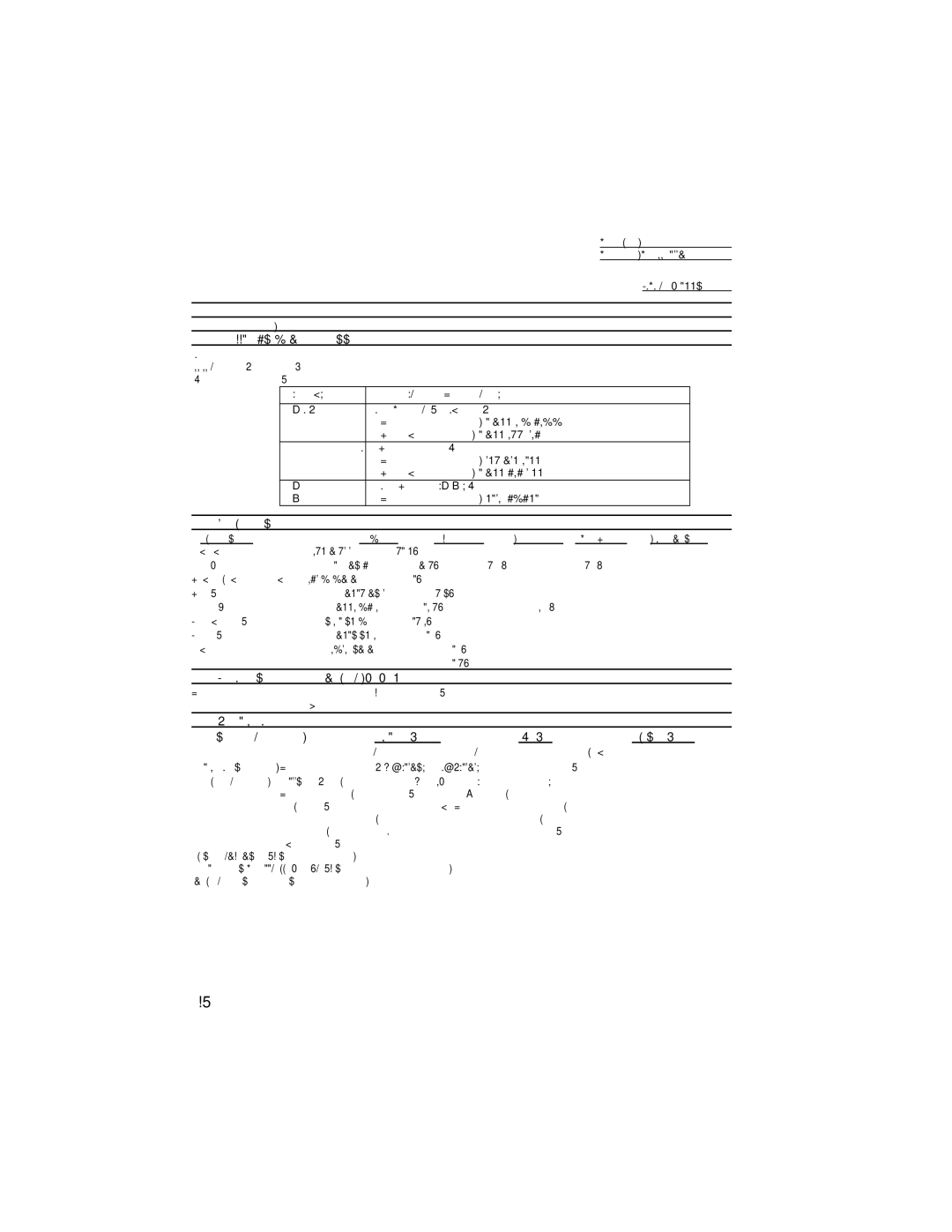S H A R P
|
|
| Date Revised: | . |
|
|
| Date Issued :Dec. 22, 1998 | |
| MATERIAL SAFETY DATA SHEET (1/2) |
| ||
|
|
| MSDS No. | |
|
|
|
| |
Section 1. Product Identification |
| |||
Product Code : |
| |||
Section 2. Supplier's Name and Address |
| |||
Sharp Corporation |
|
|
| |
| ||||
Local suppliers are listed below. Please contact the nearest supplier for additional information. |
| |||
| (Country) | (Name and Telephone Number) |
| |
|
|
|
| |
| U.S.A. | Sharp Document Network System of America |
| |
|
| Telephone number for information: |
| |
|
| Emergency telephone number : |
| |
| Canada | Sharp Electronics of Canada Ltd. |
| |
|
| Telephone number for information: |
| |
|
| Emergency telephone number : |
| |
| United | Sharp Electronics (U.K.) Ltd. |
| |
| Kingdom | Telephone number for information: |
| |
Section 3. Ingredients
Ingredients | CAS No. | Proportion | OSHA PEL | ACGIH TLV | Other Limits |
Polyethylene terephthalate | 51.0% | - | - | - | |
Carbon Black | 8.5% | 3.5 mg/m3 | 3.5 mg/m3 | - | |
3.1% | - | - | - | ||
Ester wax | 5.6% | - | - | - | |
Parraffin Wax | 12.5% | - | 2 mg/m3(fume) | - | |
Microcrystalline wax | 15.2% | - | - | - | |
Modified wax | 1.3% | - | - | - | |
Polyester resin | 1.3% | - | - | - | |
Others | - | 1.5% | - | - | - |
Section 4. Hazardous Identification (Emergency Overview) |
|
| |||
This product is ink film for thermal transfer facsimile. “Ink film” is a thin film coated with ink. |
| ||||
It is no special hazard under normal use condition. |
|
|
| ||
Section 5.Health Hazard Data |
|
|
|
| |
Route(s) of Entry : | Inhalation? | Skin? | Ingestion? | ||
| Not applicable | Not applicable | Possible but very unusual | ||
Health Hazards :The ingredients are not listed in ACGIH(1986) and OSHA(1989) except carbon black and paraffin wax.
Carcinogenicity : In 1996 the IARC reevaluated carbon black as a Groupe 2B carcinogen (possible human carcinogen). This classification is given to chemicals for which there is inadequate human evidence, but sufficient ani- mal evidence on which to base an opinion of carcinogenicity. The classification is based upon the devel- opment of lung tumors in rats receiving chronic inhalation exposures to free carbon black at levels that induce particle overload of the lung. Studies performed in animal models other than rats did not show any association between carbon black and lung tumors.
Signs and Symptoms of Exposure : not applicable
Medical Conditions Generally Aggravated by Exposure : not applicable
Emergency and First Aid Procedures : not applicable
